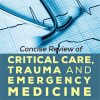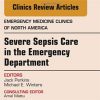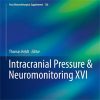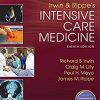International Variation in Intubation and Extubation Practices Among Critically Ill Patients Receiving Mechanical Ventilation
jamanetwork.comRequiring invasive mechanical ventilation acutely outside an operating room is, for many, the definition of critical illness. Although there may be debate regarding whether patients treated with noninvasive ventilation or vasoactive infusions can be safely managed outside an intensive care unit (ICU), there is likely unanimous agreement that patients with an endotracheal tube should be cared for in an ICU.
Understanding how invasive mechanical ventilation is provided is therefore essential to understanding one of the primary tasks in critical care medicine.
In 2016, the Large Observational Study to Understand the Global Impact of Severe Acute Respiratory Failure (LUNG SAFE)1 investigators reported a detailed look into worldwide, modern-day practice by evaluating how invasive mechanical ventilation was delivered (eg, use of low-tidal volume ventilation) and what adjuncts were used (eg, prone positioning, neuromuscular blockade) for acute respiratory distress syndrome.
In this issue of JAMA, 2 studies provide additional information describing practice patterns and patient outcomes at the initiation and conclusion of the invasive mechanical ventilation.

















